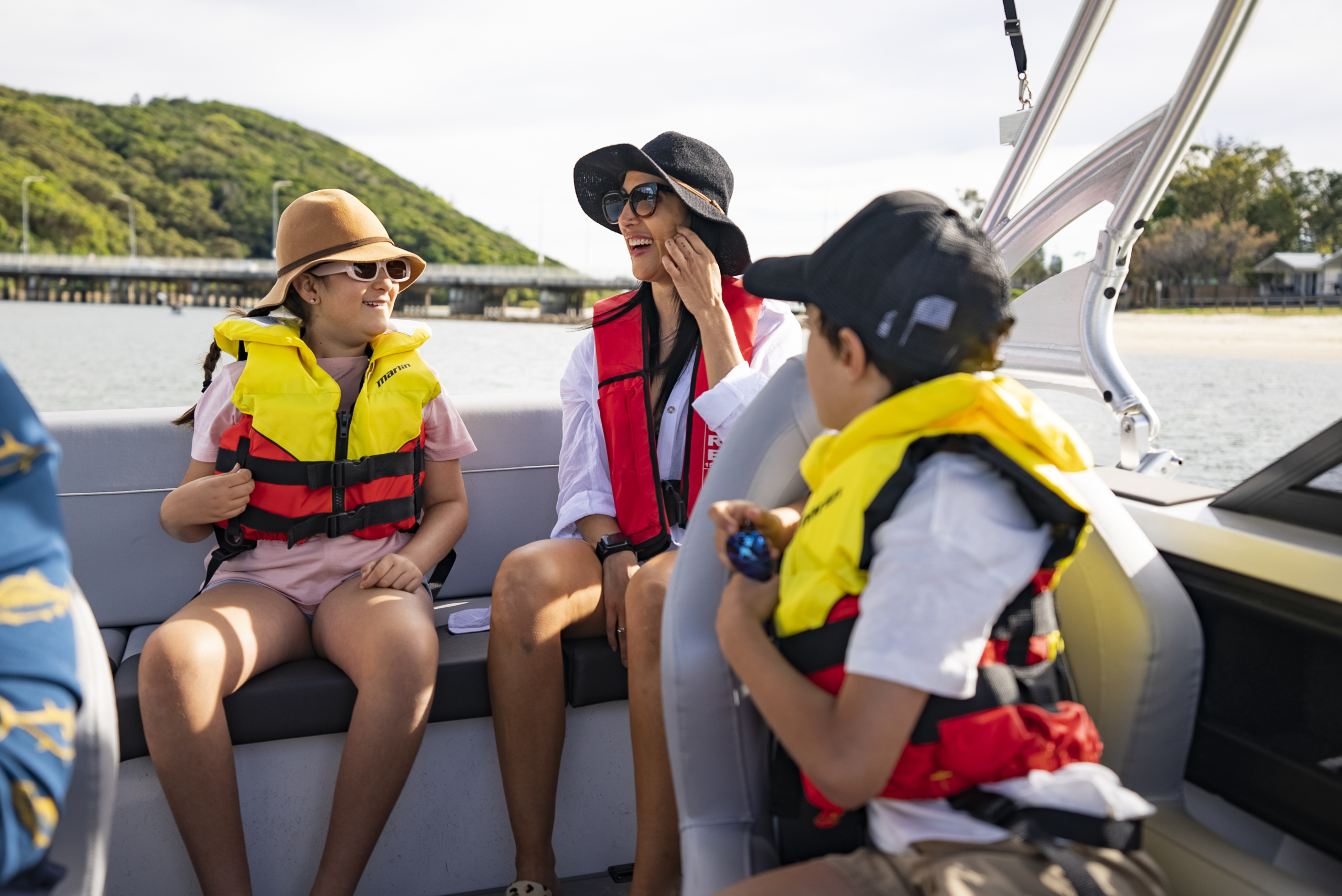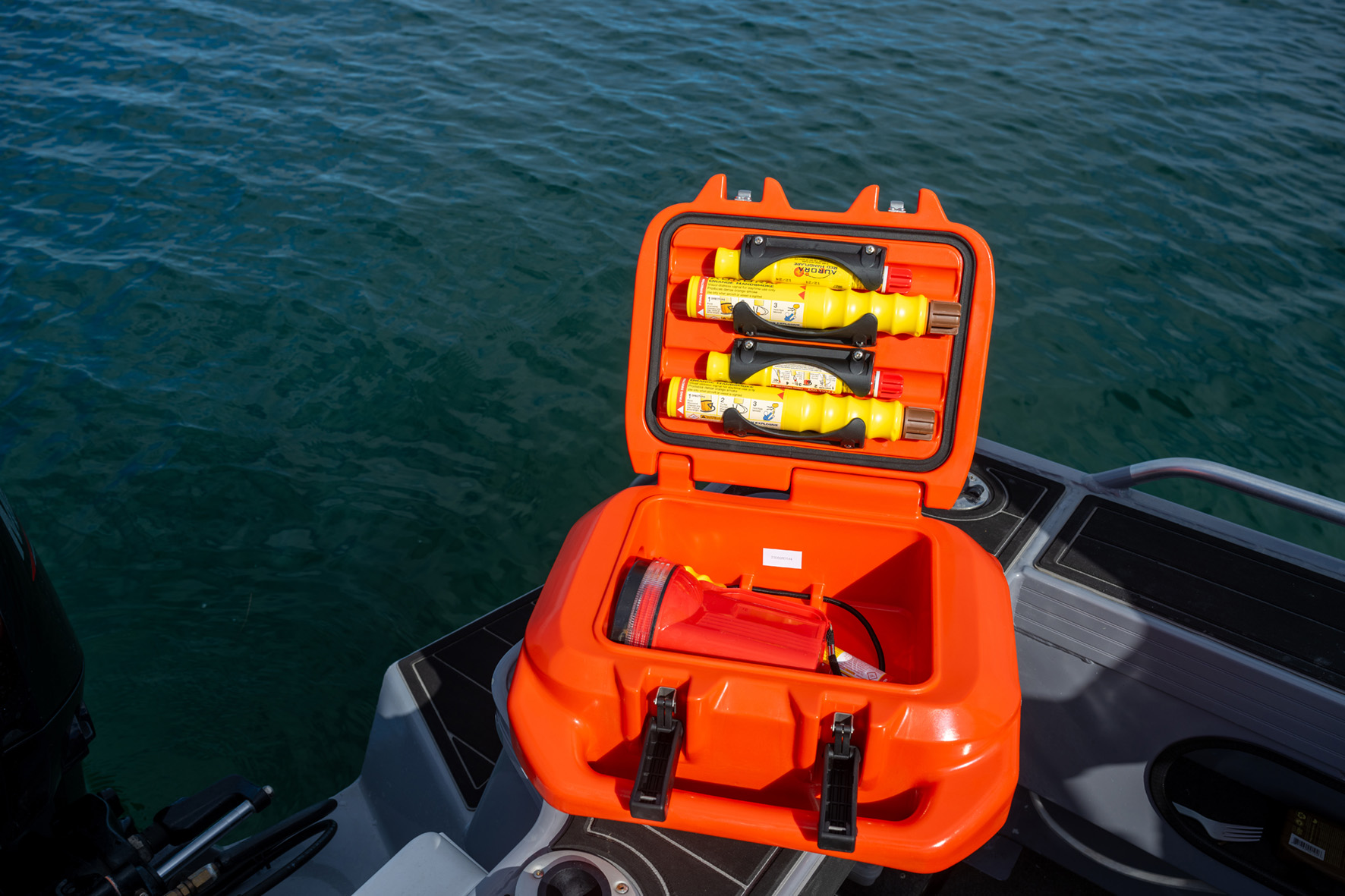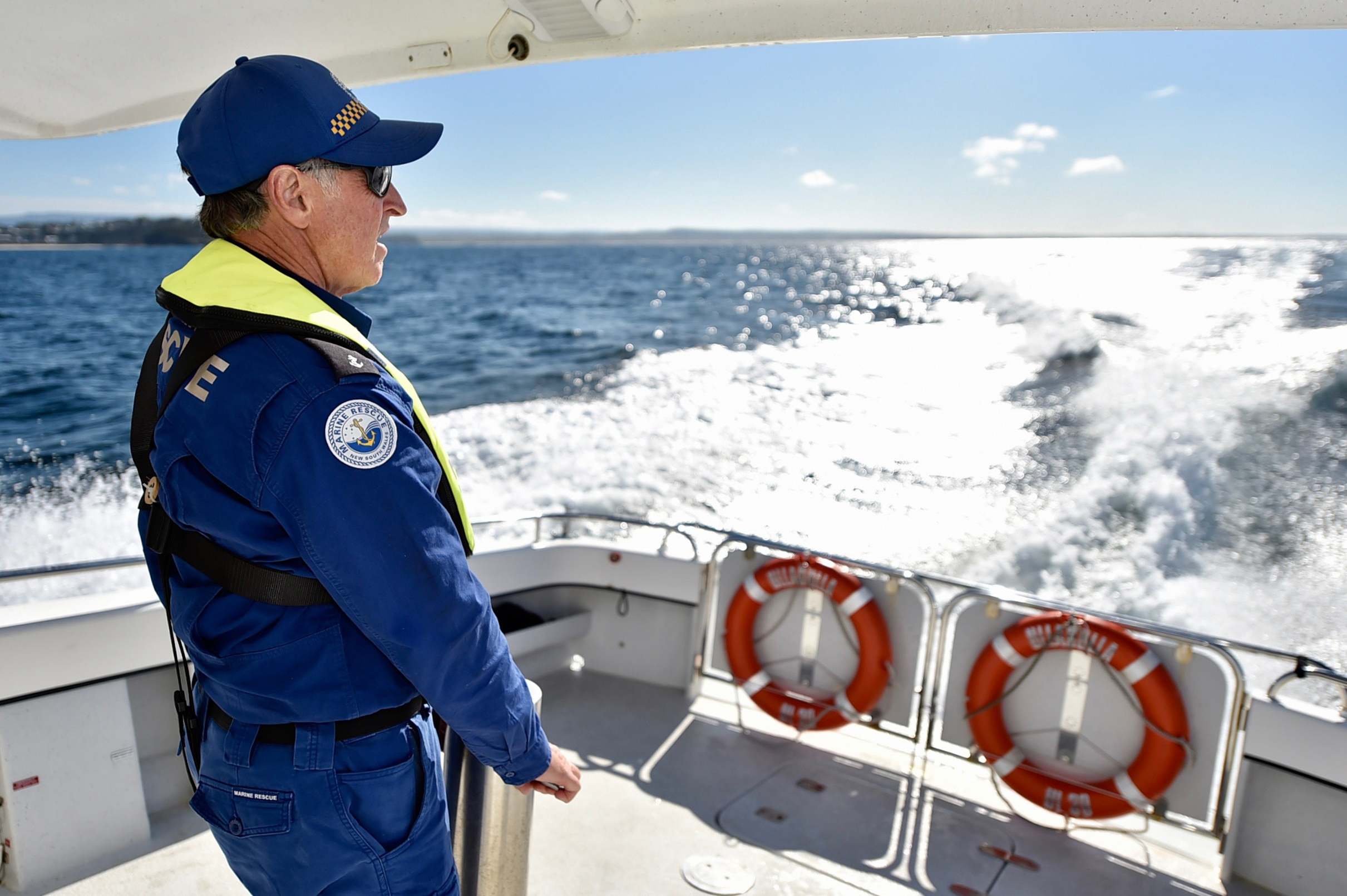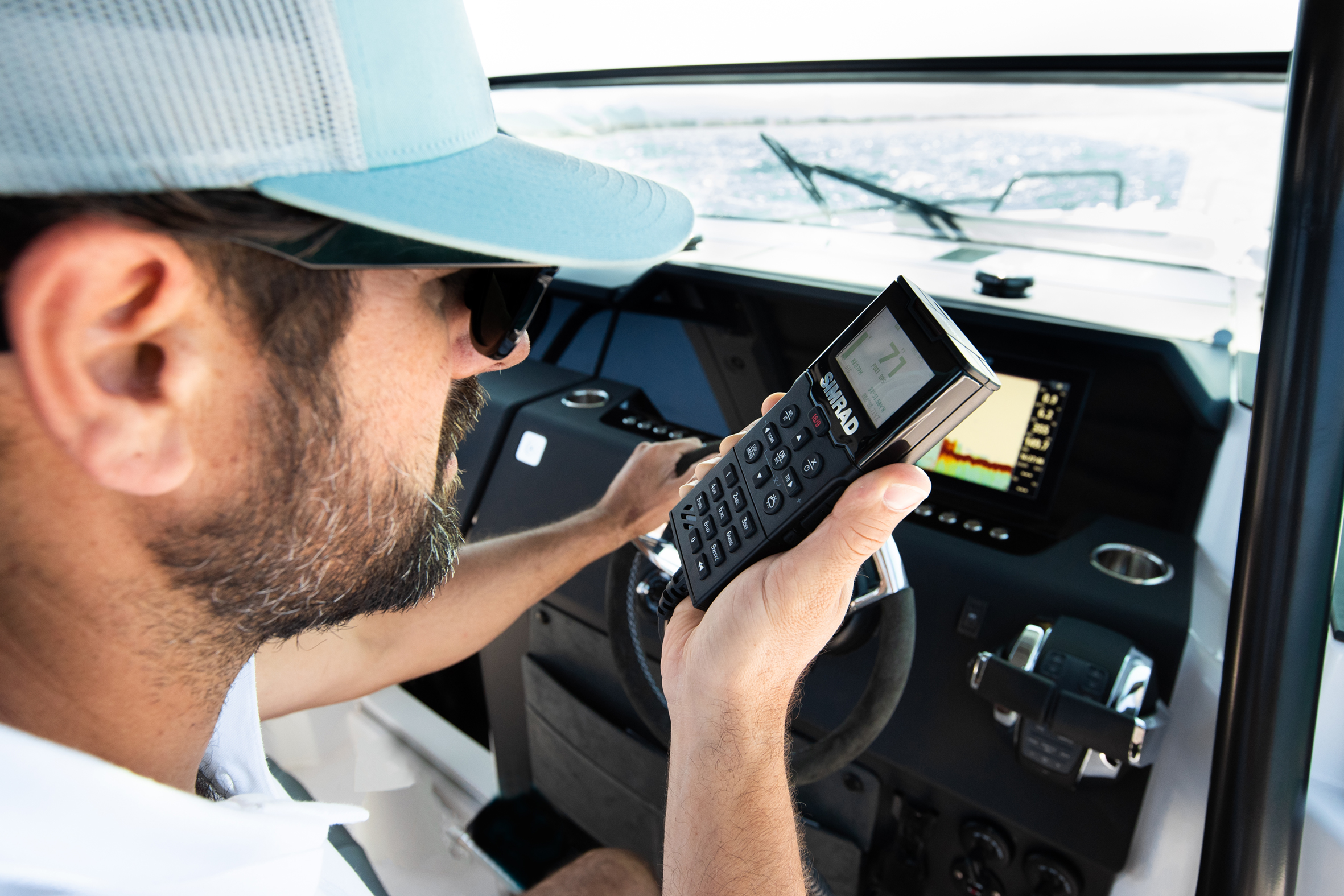
 You may have the legally required safety equipment on board your vessel, but is it in good working order and does everyone onboard know how to use it? Three boating safety experts share their best advice on safety briefings and equipment checks.
You may have the legally required safety equipment on board your vessel, but is it in good working order and does everyone onboard know how to use it? Three boating safety experts share their best advice on safety briefings and equipment checks.
Adam Smith, President of the Boating Industry Association and Owner of Australian Boating College Sydney.
- Make sure everyone always wears a lifejacket onboard. A good inflatable lifejacket will be so comfortable you’ll forget you’re wearing it. This is even more important if anyone on your boat isn’t a confident swimmer.
- Always ensure your safety equipment meets Australian or New Zealand standards (where applicable) and is regularly checked and in good working order.
- Know how to use your safety equipment. Learn how to deploy an EPIRB, how and when to activate a flare, and what to do with all other equipment carried.
- Ideally, ensure all passengers are briefed on the issues of key importance before departure. This can vary depending on your boat and the area of operation.
- Ensure safety equipment is kept in a readily accessible location. In an emergency situation, you need to know exactly where your safety equipment is located and how to use it.
- Brief everyone on board regarding what they need to know to keep themselves safe on board. For example, sitting down and not using the side decks while underway. It’s also important to remind everyone to be careful on the ladders to flybridges and maintain three points of contact.
- If you will need assistance from your guests to depart your berth or to return, make sure you show them what to do before you actually depart or return. Much better than yelling what sounds like gobbledegook to a boating novice in a panic!
- Where provided, attach the safety lanyard/kill switch to stop the boat if something unexpected happens. We use a wireless lanyard device called First Mate.
Visit abcboating.net.au and bia.org.au

Glenn Sullivan, Monaro Region Zone Duty Operations Manager with Marine Rescue NSW.
- Not only is it a legal requirement to have all the necessary safety equipment onboard in good working order, this equipment is designed to assist you when the situation changes.
- Checking all equipment before hitting the water is in your best interest as it could save your life one day.
- Ensuring the life jackets are serviced, flares are all in date and doing a test on your EPIRB and radio are key to providing you with the best chances of survival and getting help as quickly as possible when things go wrong.
- EPIRBs have saved many lives on land and water. Having a GPS EPIRB provides emergency services with your GPS location and AMSA can activate the required services depending on those coordinates. Some people are wary of using them, but when mobile phones, marine radios and flares don’t get the required help on its way to you, a well-maintained, registered, and in date EPIRB will.
- Both recreationally and professionally, I have always fully briefed my crew and anybody going out with me for the first time on the boat. This means showing them where all the safety equipment is and how and when to use it. Providing a safety briefing to your crew and passengers, enables them to take control of their own safety. And if you as skipper become incapacitated, they will be in the best position to assist you.
- Briefings are only as good as the information that is received. It is important that all understand and feel safe to ask questions when they don’t understand. Promoting a culture of safety on board a vessel has a flow-on effect to good communication, and ultimately makes for a more enjoyable boating experience.
- Grab bags are excellent not just for carrying safety equipment that is personally catered for you, but also for keeping medications, glasses and emergency contact numbers. They are also good for keeping your mobile phone safe and dry.
A word from Glenn on life jackets
“I have a saying ‘a life jacket can only save you if you are wearing one’ and I can’t overstate the importance of wearing a life jacket. I have attended multiple scenes where fatalities have occurred, and the lifejackets are still stowed away in the storage area of the vessel in pristine condition. As previously mentioned, life jackets need to be properly serviced and stored correctly. These jackets should be stored in a clean dry environment. Check the straps, cylinders for any corrosion and the jacket for any tears or signs of wear.”
Visit marinerescuensw.com.au

Ian Ross, Senior Recreational Boating Project Officer, Marine and Safety Tasmania.
- Make sure your crew know where the safety equipment is stored and how to use it. You should be able to access flares, EPIRB and your marine radio in 30 seconds.
- Always wear a life jacket. Check your inflatable life jacket to make sure the gas cylinder is tight and wear your life jacket correctly fitted with the crotch strap if you have one.
- Having your inflatable life jackets serviced regularly is also a good idea so you know they will work if required.
- Always attach the kill switch if boating alone.
- Ask yourself: can you get back onboard if you fall overboard? Or retrieve a passenger if they go over the side?
Visit mast.tas.gov.au
For boating news, features and interviews, subscribe to Nautilus Marine Magazine here.
